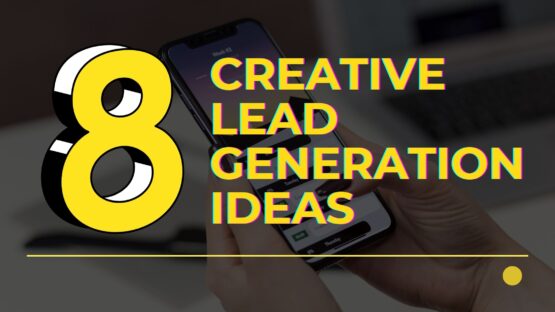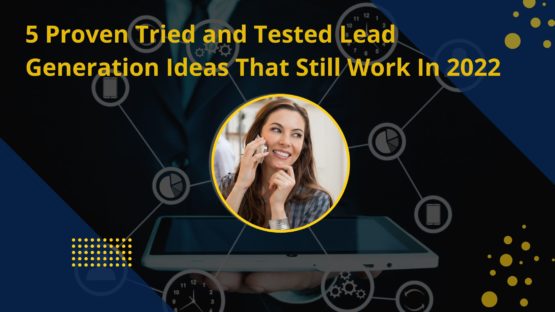Unlike warm calling, cold calling is not helpful. Prospects who don’t want to be contacted feel annoyed when they receive a marketing call. Many don’t pick up, many respond rudely.
Marketers are no longer into cold calling. But that doesn’t mean they have stopped persuading seemingly uninterested prospects. Alongside inbound marketing, they are sending cold pitches to prospects. Cold pitching allows them to contact such prospects without annoying them.
Here are some tips to cold pitch like a pro. These tips are especially useful for small and medium enterprises:
The right audiences
If you run a B2C business, then identifying the right audiences is a bit difficult for you. That’s because B2B companies pitch fewer clients, but millions buy from retail shopping (online and offline) outlets.
To identify those who are likely to buy from you, check the previous transaction details of your customers. You’d find some have been actively purchasing from you while some haven’t purchased from you for ages. The first set of customers qualify as right audiences.
Don’t dismiss the second set altogether. How many of that set has shown interest in giveaway contests in the past? How many have redeemed reward points? How many have replied to promotional offers? Those who have, may be among your future customers. Go ahead and cold pitch them.
As for B2B companies, their pitches are not received by individuals, but by company representatives. No surprise they hardly get any reply because the emails sent by them rarely get read by decision-making authorities. Getting the email addresses of relevant people is the only solution here.
Email marketing is must
Email marketing is still the dark horse in business promotion. Research shows email marketing allows businesses to save 15% or more on creative production. That’s not all. Enterprises that opt for lead management automation witness at least 10% increase in revenue within six months.
The success of cold pitching depends on email marketing. Hence automation is a must for the sales team. Here are the checkboxes to tick:
#Subject line: Business people get hundreds of emails a day. The email subject line is the only thing they’ll notice while combing through their inbox. Make sure the subject line is catchy enough to grab their attention. A study shows 35% email recipients open mails after reading the subject line. Make sure the subject line gives the recipient a reason to open the email.
#Keep the body short: Do go into too much details, unless the email is about an upcoming event or a product launch. The body should be brief, yet informative. Most importantly, it should smoothly push the recipient towards the
#Call-to-action: The purpose of sending emails is to bring the recipient to the landing page. Hence, don’t forget to add CTA elements at the end of the email. Email automation can save time, track open and response rate and reduces the operating expense.
Referrals from happy customers
It’s easy to create a customer satisfaction index these days. All you need to do is ask survey questions to customers who buys from you. Among the survey questions to ask customers, one should be whether they will recommend you to other customers. Those who say they will are happy customers. They can get you more customers in the future.
To get referral from them, send them email. A customer’s happiness normally lasts for few days after the purchase. So schedule the auto sender feature accordingly. They should get a mail shortly after the buy, ideally the next day, requesting them to refer the company to their friends and acquaintances.
The said model is for B2C firms. B2Bs have an upperhand here. Many of them bank on customer referrals, and since their clients (businesses themselves) have networking ties with other enterprises, getting new clients through referrals become easy. Enterprises value feedback from other enterprises. Hence, customer referral in B2B is a great example of cold pitching.
Follow up with proof
A client may not immediately reply due to being occupied with works and appointments. In that case, following up with him is the wise thing to do. While following up, apply some techniques. One technique is called 3-7-7 formula. The numbers represent the interval between the first email and the ensuing follow up emails.
The technique is based on the finding that 90% email recipients respond within two days. If the sender doesn’t get a reply within two days, then chances are he won’t get any reply. Thus, on the third day, he should send the follow-up email. The second and third email should be sent after a 7-day gap.
Sending follow-up email is not enough. You need to show proof that you are an esteemed manufacturer/retailer/service provider and it’s safe to buy from you. A data-driven analysis of cold pitches shows the majority of them are failure. Very few cold sales pitches contain proof. Proof comes either in the form of social endorsement by past and existing customers or recommendation from industry-influencers.
There’s a huge difference between cold pitches that contain proof and that don’t. Proof or testimonials increase the authenticity of the claims made in the pitch.
Conclusion
Cold sales techniques are effective if one knows how to apply them. The four strategies discussed in this article make the application process smooth. Hence, if your marketing stratagem includes cold pitching prospective customers, do follow these strategies.
Image Courtesy: pixabay.com




